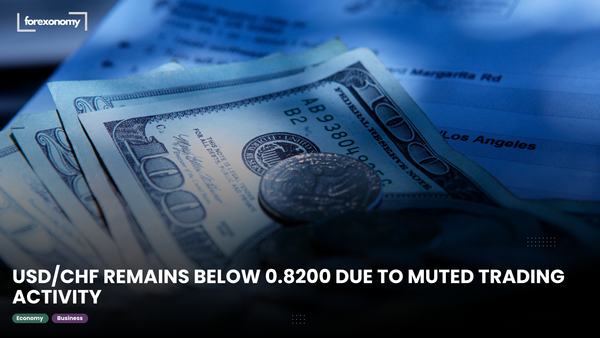USD/CAD Advances Amidst Oil Price Decline and Canadian Economic Challenges

USD/CAD Advances Amidst Oil Price Decline and Canadian Economic Challenges
The USD/CAD currency pair has experienced a notable uptick, trading around the mid-1.4200s.
This movement is primarily influenced by a significant drop in oil prices and recent economic developments in Canada.
Oil prices have fallen by approximately 7.5%, settling at $61.93 per barrel.
This sharp decrease is due to escalating trade tensions between China and the U.S., which have raised concerns about global economic growth and reduced demand for oil.
As Canada is a major oil exporter, the drop in oil prices adversely affects the Canadian dollar (CAD), leading to a weaker loonie.
In March, Canada experienced a loss of 33,000 jobs—the first monthly decrease in over three years.
This decline, coupled with an increase in the unemployment rate to 6.7%, has heightened market expectations of a potential interest rate cut by the Bank of Canada (BoC) at its upcoming policy meeting.
The combination of weak employment data and declining oil revenues has led to a 65% probability of the BoC implementing a rate cut in its April 16 meeting, up from 50% prior to the release of the jobs report.
Lower interest rates typically diminish the currency's appeal to investors, contributing to CAD depreciation.
Concurrently, the U.S. dollar has shown resilience, bolstered by robust U.S. job data.
This has further exacerbated the CAD's weakness, resulting in the USD/CAD pair trading at levels not seen since April 2020.





